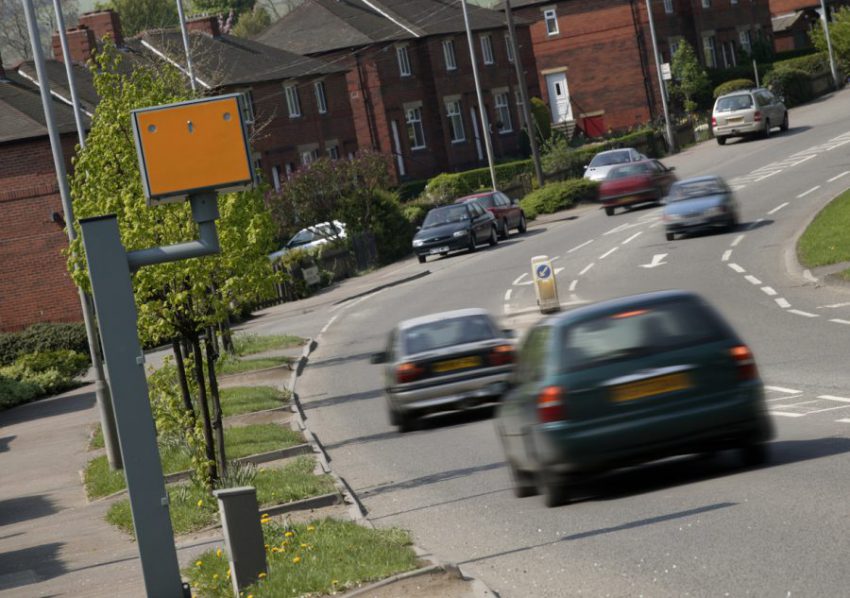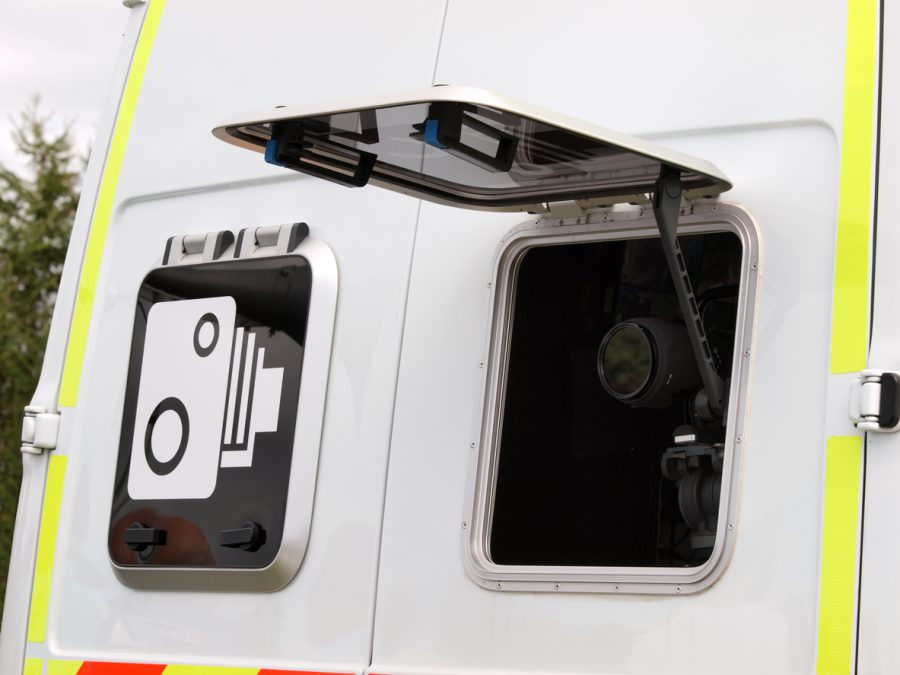
Love ’em or hate ’em, speed cameras have been a part of British motoring life for more than 30 years. But your chances of getting a ticket for speeding from a fixed camera are now significantly reduced. A Freedom of Information (FOI) request by BBC Panorama has revealed that only around half of fixed speed cameras now work.
Meanwhile, another request to police forces showed that the highest a driver has been caught speeding at between 2018 and 2020 was 163mph, more than twice the legal limit.
Why have speed cameras been turned off?
There are two reasons for this. First the technology. When the old-style yellow box speed cameras were put up in the 1990s, the devices inside them used traditional film to snap drivers; digital cameras didn’t exist. Emptying them so the film could be developed was time consuming and expensive. Speed cameras have since become digital.
The second reason is that the funding method changed. When cameras were introduced, local authorities paid for them by putting the money they got from speeding fines back into maintaining and renewing cameras.
But in 2007, the government changed that. The money from speed cameras went towards local authority road safety schemes. When the financial crisis hit in 2008/09 and councils’ budgets were cut, many simply switched off some or all of their cameras because they couldn’t afford to continue servicing them.
How many cameras are actually working?
An FOI request to police forces around the country found that out of 1,092 fixed camera sites, only 523 were actually working. That’s 51%. North Yorkshire, Durham, Northamptonshire and Wiltshire had no operational speed cameras at all.
The figures were released for a programme called ‘Britain’s killer roads’. It comes after there was little decline in UK road deaths between 2010 and 2019, despite cars getting safer.

What are the police doing instead?
Police forces are increasingly turning to mobile speed cameras. These are operated out of vans and enable the police to move them around, depending on where they think drivers might be speeding.
Figures from 34 forces who responded to Panorama’s FOI request revealed that dedicated traffic officers fell from 5,014 in 2016 to 4,257 currently. A spokesman for HM Inspectorate of Constabulary which independently assesses police forces and policing concluded that some police forces now have a ‘negligible presence’ on the road.
And drivers are still speeding…
Another FOI request from short-term insurance firm GoShorty revealed the eye-watering top speeds that drivers had been caught doing in 2018-20.
The fastest was 163mph in Humberside on the M62. West Yorkshire police nicked a driver doing 159mph, again on the M62. Another driver was caught in Essex at 158mph. Kent, Gwent, Sussex and Lincolnshire had all recorded drivers doing more than 150mph.
Worryingly, 15 forces the length and breadth of England and Wales reported cases of drivers exceeding 130mph.
The current fastest speeding offence in the UK was 192mph, in Northamptonshire during 2015. The Audi RS6 driver was whisked off to jail almost as quickly. He was sentenced to 28 months and banned from driving for 10 years.
The current fine for speeding is £100 with three penalty points on the licence. Drivers with a clean licence can instead attend a speed awareness course.
Motorists are an easy catch, I was wondering, how many Police Officers exceed the Speed Limit EVERY day, then sit in the back of a Van using a Speed Camera, to catch a few drivers doing about 35/39 mph. I bet most of them break the Speed Limit every day.
I wouldn’t be happy with the emergency services sticking to 20mph in a harm/life threatening emergency . There’s a reason in the description ‘emergency’ and Police drivers receive advanced driver instruction; when the public struggle with basic driver skills.
Good up to date info for those twho don’t understand why the old cameras are obsolete.
Nobody likes speed cameras but we all need to have a fear of them or the roads will just get worse,
Some people just go crazy and have no concern for anyone else but themselves.
Its wrong to say that the police allow a 2 mph plus a 10 % of speed above the posted speed limits. The police have published paper some 10 years or so ago in which they gave advice to all police forces only and it was a table of speeds and what actions that all POLICE OFFICERS could do if a person was found speeding In that paper they quoted a 2 mph tolerance only for discrepancies in speedometer readings and then added a further 10% to give a figure of said maybe 35 in a 30 mph area. The table pointed out that any speed in excess of the limit was an offence but that officers could use their discretion as to whether to warn or caution the offender or to take further action by issuing a FPT or if faster speeds or greater danger was caused at the lower speed limits then to proceed by way of summons if they felt it necessary. It did not give a court blanche allowance of anytime to exceed the legal speed limit. However as usual the media got it wrong and drivers became aware of the wrong information.. As a result we now have a situation where many drivers now exceed the legal speed limits by 2 mph plus 10% in a mistaken belief that they are not doing. Unfortunately no mater what the police have said more recently its the Road Safety Authorities that now set the speed limits for prosecution and they have apparently adopted the 2 mph plus 10% which was a mistake in the first place.